gastric lymphoma in cats
While lymphoma cannot be prevented Dr. The causes are unknown but.

Holistic Treatment For Feline Intestinal Lymphoma
Appetite loss or sudden weight loss 2.

. What Are The Symptoms of Lymphoma in Cats. Incidence and Causes of Gastrointestinal Lymphoma in Cats. The incidence of alimentary lymphoma between the pets with lymphosarcoma is around 7.
Intestinal lymphomas usually cause poor eating weight loss diarrhea and vomiting. Gastrointestinal lymphoma in cats is an increasingly common disease that can affect a cats small intestine stomach liver abdominal lymph nodes or large intestine. Feline gastric lymphoma which is also commonly referred to as Gastrointestinal Lymphoma or GI Lymphoma is a malignant cancerous tumor that disrupts the normal lining of the cats.
Some of the signs of intestinal lymphoma in cats are weight loss changes in appetite and. Symptoms include vomiting diarrhea weakness and lack of. Feline gastrointestinal lymphoma.
At the end stage of lymphoma the cancer invades organs and bones -- any place where the lymphatic system connects. Forty client-owned cats in which intermediate- or large-cell GI lymphoma was diagnosed. Young cats typically present for masses in the chest cavity and owners notice signs of difficulty breathing.
Lymphomas were classified according to the World Health Organization WHO scheme. Feline GI lymphoma appears to occur as one of two major types with a portion of cats being affected by a more indolent small-cell lymphocytic form of lymphoma and others having a. McEntee notes the chances that a cat will develop the disease may be reduced through vaccination against FeLV by preventing contact with FIV or.
Feline GI lymphoma is histologically classified as low intermediate or. The following signs and symptomsmay indicate that a cat has developed this kind of cancer. Refusing to be touche See more.
GI lymphoma occurs mostly in older cats from 9 to 13 years of age and is most often detected in the small intestine. Older cats develop the tumor in their intestines quite commonly. This is a spectrum of diseases including low grade lymphoma high grade lymphoma and large granular lymphocyte lymphoma LGL.
Lymphoma in cats is now most commonly seen in the intestines. Gastrointestinal lymphomas were identified in 120 cats between 1995 and 2006. Gastrointestinal GI or alimentary lymphoma is the most common form of lymphoma in cats1-3.
Records of 40 cats in which discrete intermediate- or large-cell GI lymphoma masses. The blood tests are often normal but.
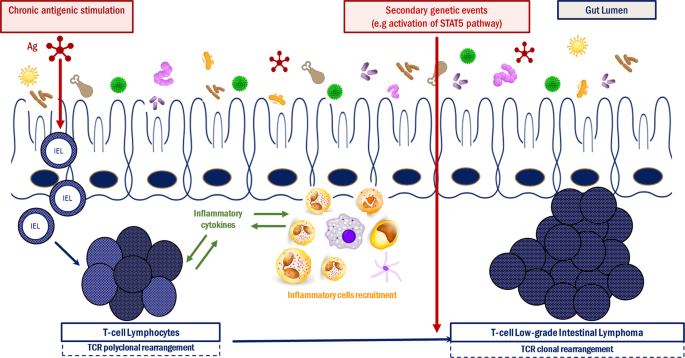
Feline Low Grade Intestinal T Cell Lymphoma A Unique Natural Model Of Human Indolent T Cell Lymphoproliferative Disorder Of The Gastrointestinal Tract Laboratory Investigation

What You Need To Know About Feline Intestinal Lymphoma Vlog 98 Sneak Peak For My Latest Vlog What You Need To Know About Feline Intestinal Lymphoma You Can
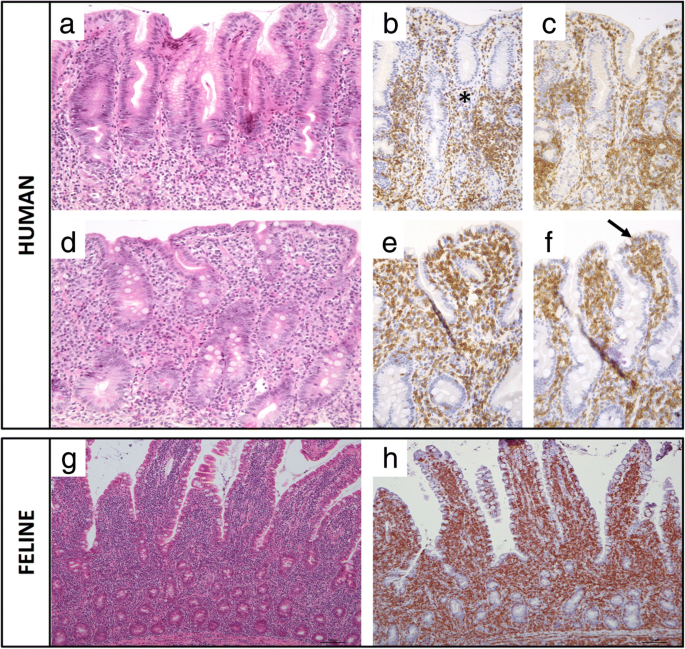
Feline Low Grade Alimentary Lymphoma An Emerging Entity And A Potential Animal Model For Human Disease Bmc Veterinary Research Full Text

Read About Gastroenterology In This Article By Sandra Grover

Feline Alimentary Lymphoma Semantic Scholar
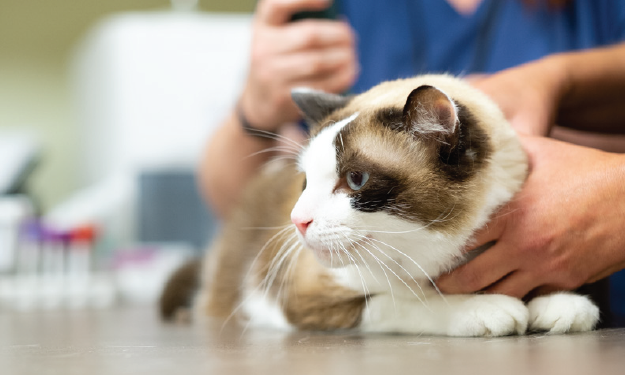
Lymphoma In Cats Signs Treatments Prognosis Ethos Veterinary Health

Veterinary Sciences Free Full Text Bcl 2 Immunoexpression In Feline Epitheliotropic Intestinal T Cell Lymphomas Html

Extranodal Lymphoma In The Cat Semantic Scholar

Lymphoma In Cats Vca Animal Hospital

Ultrasonographic Features Of Colonic B Cell Lymphoma With Mesenteric Lymphomatosis In A Cat Oetelaar 2020 Veterinary Radiology Amp Ultrasound Wiley Online Library

Read About Gastroenterology In This Article By Sandra Grover

Feline Gi Lymphoma And Ibd Research At Basepaws
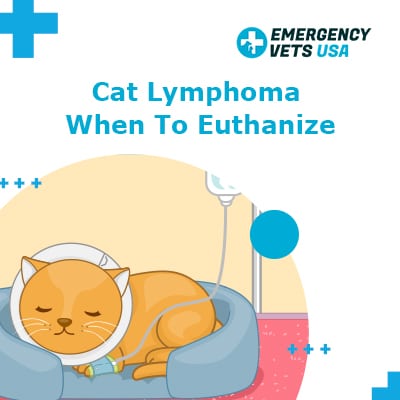
Cat Lymphoma When To Euthanize Our Opinion
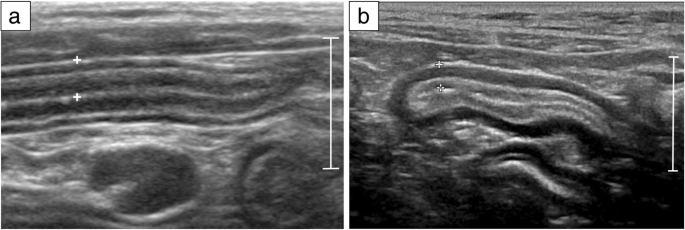
Feline Low Grade Alimentary Lymphoma An Emerging Entity And A Potential Animal Model For Human Disease Bmc Veterinary Research Full Text

Causes And Risks Of Cat Lymphoma And Leukemia Vlog 97 Youtube

Lymphoma In Cats Veterinary Partner Vin

Spotlight On Feline Gastrointestinal Lymphoma Fitzpatrick Referrals
